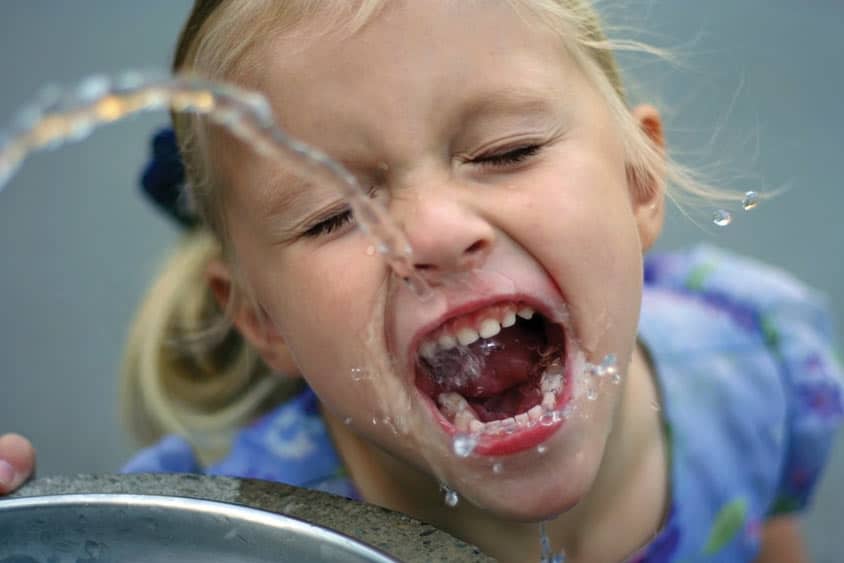The U.S. Department of Health and Human Services (HHS) has determined 0.7 milligrams of fluoride per liter of water is the optimal fluoride level in drinking water to prevent tooth decay.
This recommendation, released April 27, updates and replaces the previous recommended range (0.7 to 1.2 milligrams per liter) issued in 1962.
CDA applauds this decision by HHS.
"We have known that HHS has been working on this for the last four years and are glad to see the final recommendations released. Community water fluoridation continues to be one of the most effective and safe ways to ensure that children and adults receive the decay-fighting benefits of fluoride, and the new recommendation will provide the optimal level," said CDA President Walt Weber, DDS.
The HHS stated that the various ways in which people in the U.S. now receive fluoride is the reason the change was made.
"The change was recommended because Americans now have access to more sources of fluoride, such as toothpaste and mouth rinses, than they did when water fluoridation was first introduced in the United States," HHS said in a statement.
CDA reminds the public and dentists that the recommendation was previously a range from .7 – 1.2 ppm, taking into consideration the water ingestion patterns in different temperature zones across the nation. Those consumption differences no longer exist, eliminating the need for a recommended range and supporting a revised optimal level at .7, the lower end of the range.
U.S. Deputy Surgeon General Rear Admiral Boris D. Lushniak, MD, MPH, cautioned that despite the fact that the optimal fluoride level changed, there is still work to be done to make sure more people receive fluoridated water.
"While additional sources of fluoride are more widely used than they were in 1962, the need for community water fluoridation still continues," Lushniak said. "Community water fluoridation continues to reduce tooth decay in children and adults beyond that provided by using only toothpaste and other fluoride-containing products."
CDA and the CDA Foundation have a long history of supporting community water fluoridation. Before CDA-sponsored legislation in the early 1990s requiring water systems with 10,000 or more service connections to fluoridate their water supply when funding becomes available, only 17 percent of California's population benefitted from fluoridated water. By 2012, the number of Californians receiving fluoridated water had nearly quadrupled to the point that 62.7 percent of the state's population was receiving the benefits of fluoride.
The U.S. Centers for Disease Control and Prevention (CDC) has listed fluoridation of drinking water as one of the top 10 greatest public health achievements between 1990 and 1999 due to the dramatic decline in tooth decay across the country. According to the CDC, drinking water with the optimal level of fluoride keeps the tooth strong and solid and reduces decay by approximately 25 percent in children and adults. Community water fluoridation has been recommended by nearly all public health, medical and dental organizations including the American Dental Association, American Academy of Pediatrics, U.S. Public Health Service and World Health Organization.
The ADA recommends that communities continue to fluoride water at optimal levels and that those who live in non-fluoridated communities help educate elected officials about the need to fluoridate. In addition, the ADA recommends patients talk to their dentists to make sure they are receiving the optimal level of fluoride.
For information for health care providers and individuals on how to prevent tooth decay and reduce the chance of developing dental fluorosis, visit cdc.gov.
For information on the CDA Foundation's efforts on fluoridation, visit cdafoundation.org.
Updated: 04/29/15

